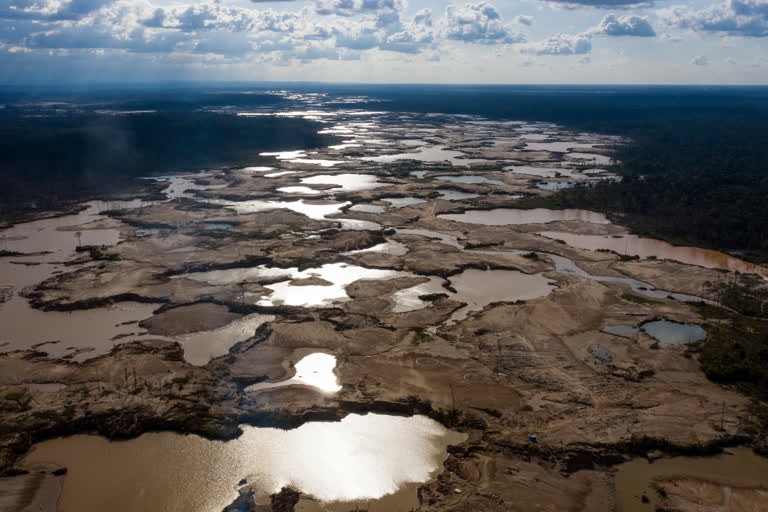Madre: Destruction of the forests can be swift. Regrowth is much, much slower. But around the world, people are putting shovels to the ground to help it happen.
In a corner of the Peruvian Amazon, where illegal gold mining has scarred forests and poisoned ground, scientists work to change wasteland back to wilderness. More than 3,000 miles to the north, on former coal mining land across Appalachia, workers rip out old trees that never put down deep roots and make the soil more suitable to regrow native tree species.
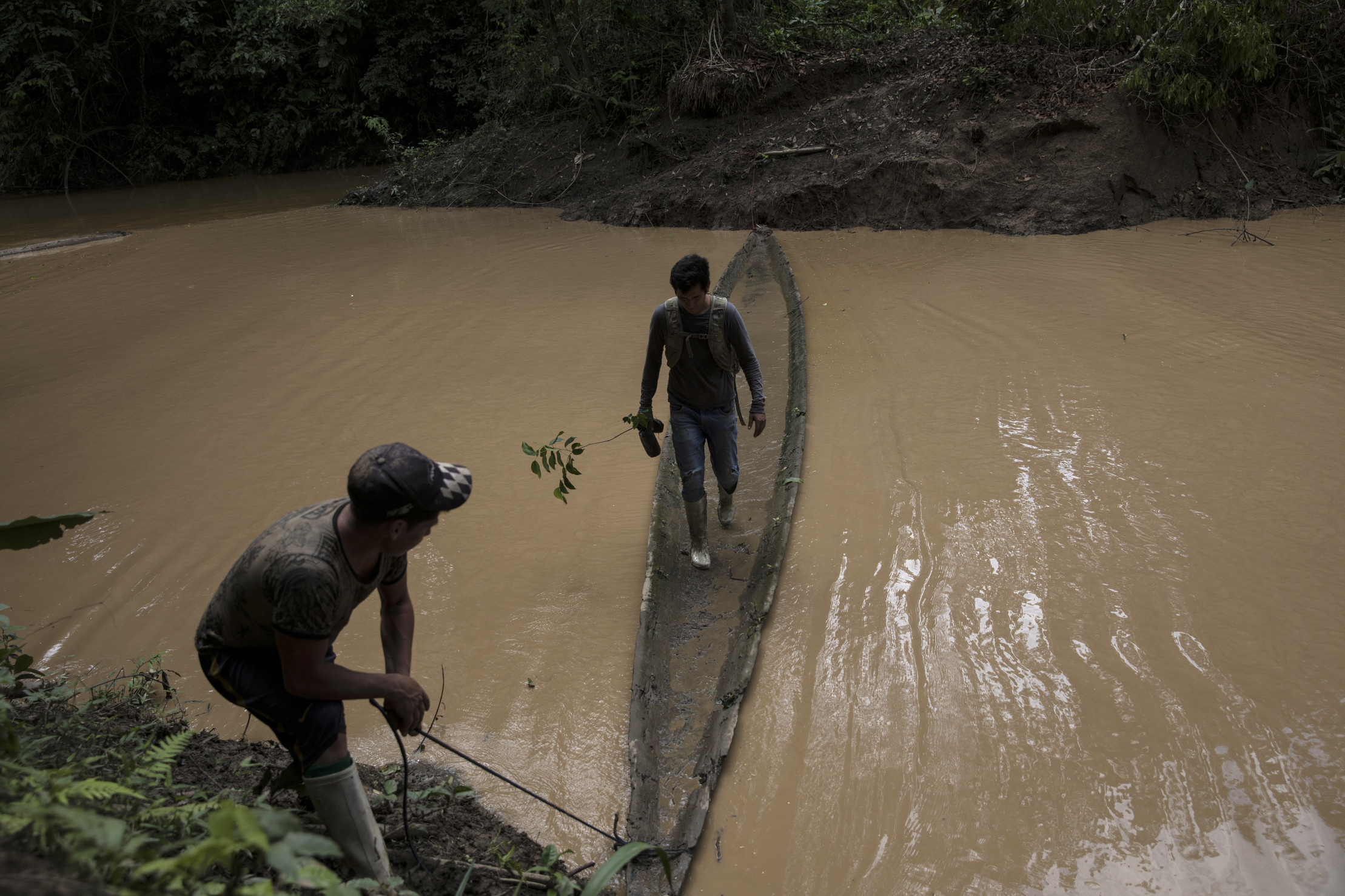
In Brazil, a nursery owner grows different kinds of seedlings to help reconnect forests along the country's Atlantic coast, benefiting endangered species like the golden lion tamarin.
They labor amid spectacular recent losses the Amazon jungle and the Congo basin ablaze, smoke from Indonesian rainforests wafting over Malaysia and Singapore, fires set mostly to make way for cattle pastures and farm fields. Between 2014 and 2018, a new report says, an area the size of the United Kingdom was stripped of forest each year.
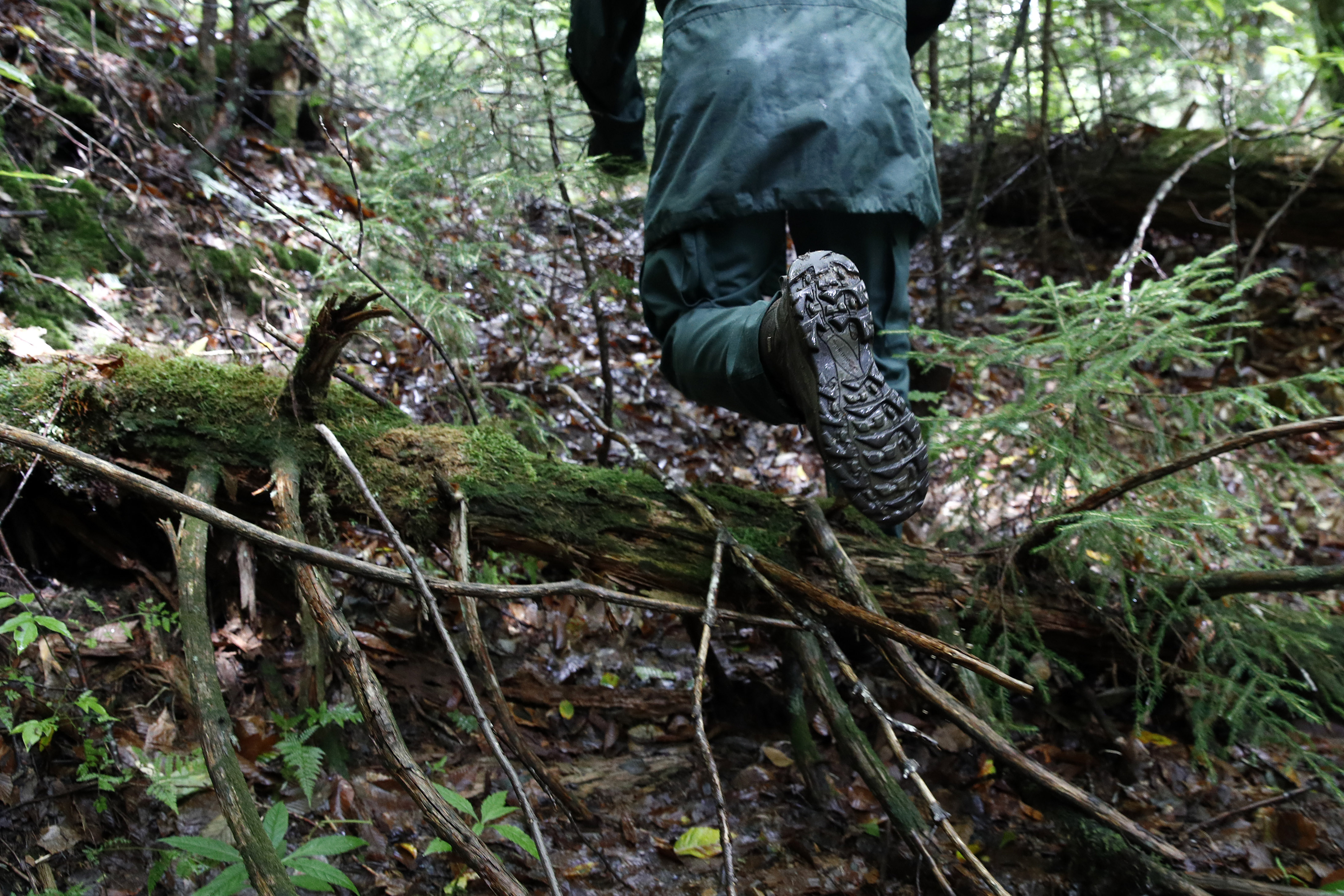
Rebuilding woodland is slow and often difficult work. And it requires patience: It can take several decades or longer for forests to regrow as viable habitats, and to absorb the same amount of carbon lost when trees are cut and burned. "Planting a tree is only one step in the process," says Christopher Barton, a professor of forest hydrology at the Appalachian Center of the University of Kentucky.
And yet, there is an urgency to that work forests are one of the planet's first lines of defense against climate change, absorbing as much as a quarter of man-made carbon emissions each year.
Through photosynthesis, trees and other plants use carbon dioxide, water and sunlight to produce chemical energy to fuel their growth; oxygen is released as a byproduct. As forests have shrunk, however, so has an already overloaded Earth's capacity to cope with carbon emissions.
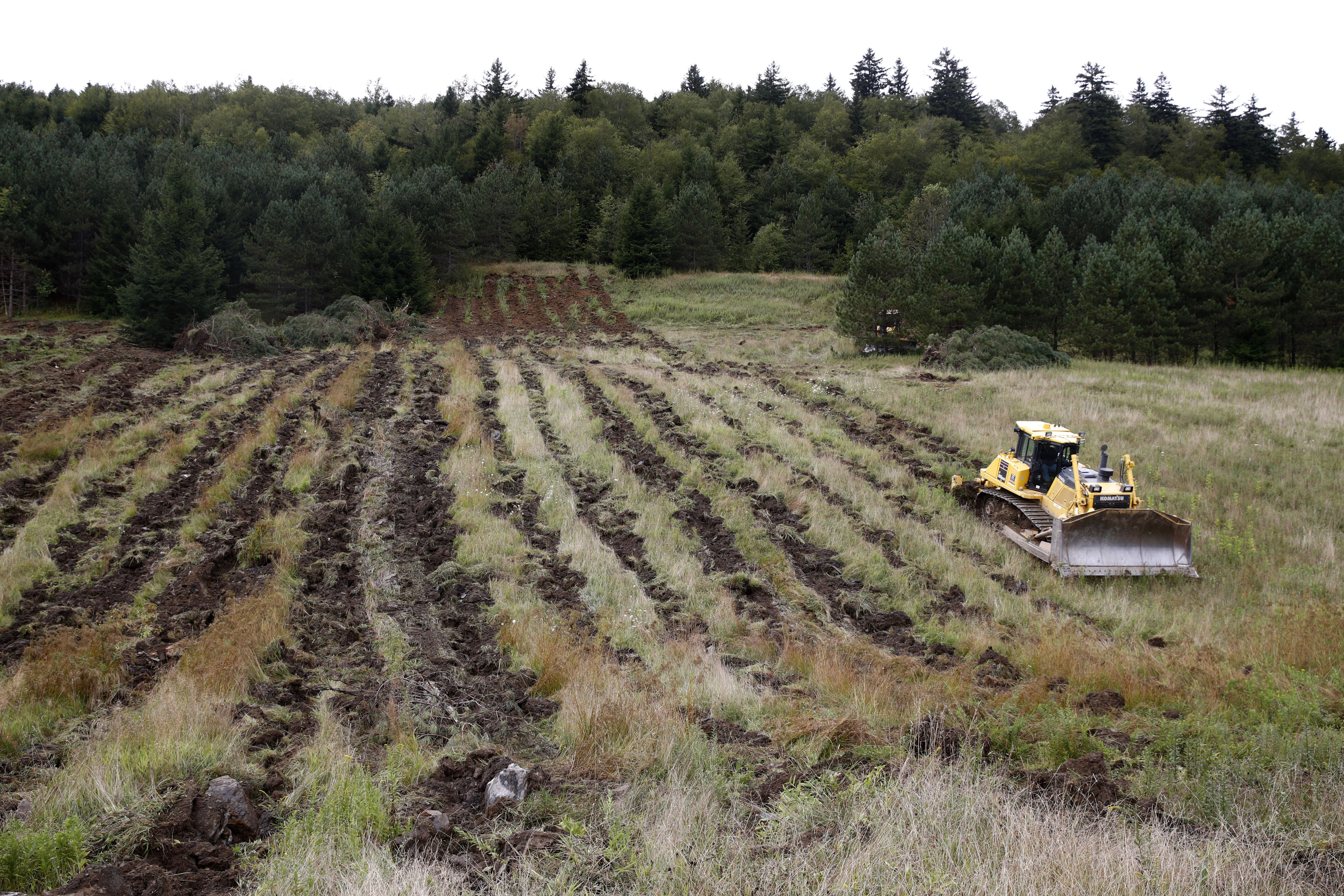
Successful reforestation programs take into account native plant species. They are managed by groups with a sustained commitment to monitoring forests, not just one-off tree planting events. And usually, they economically benefit the people who live nearby for instance, by creating jobs, or reducing erosion that damages homes or crops.
The impact could be great: A recent study in the journal Science projected that if 0.9 billion hectares (2.2 billion acres) of new trees were planted around 500 billion saplings they could absorb 205 gigatonnes (220 gigatons) of carbon once they reached maturity. The Swiss researchers estimated this would be equivalent to about two-thirds of man-made carbon emissions since the start of the Industrial Revolution.
Other scientists dispute those calculations, while some fear the theoretical promise of tree-planting as an easy solution to climate changes could distract people from the range and scope of the responses needed.
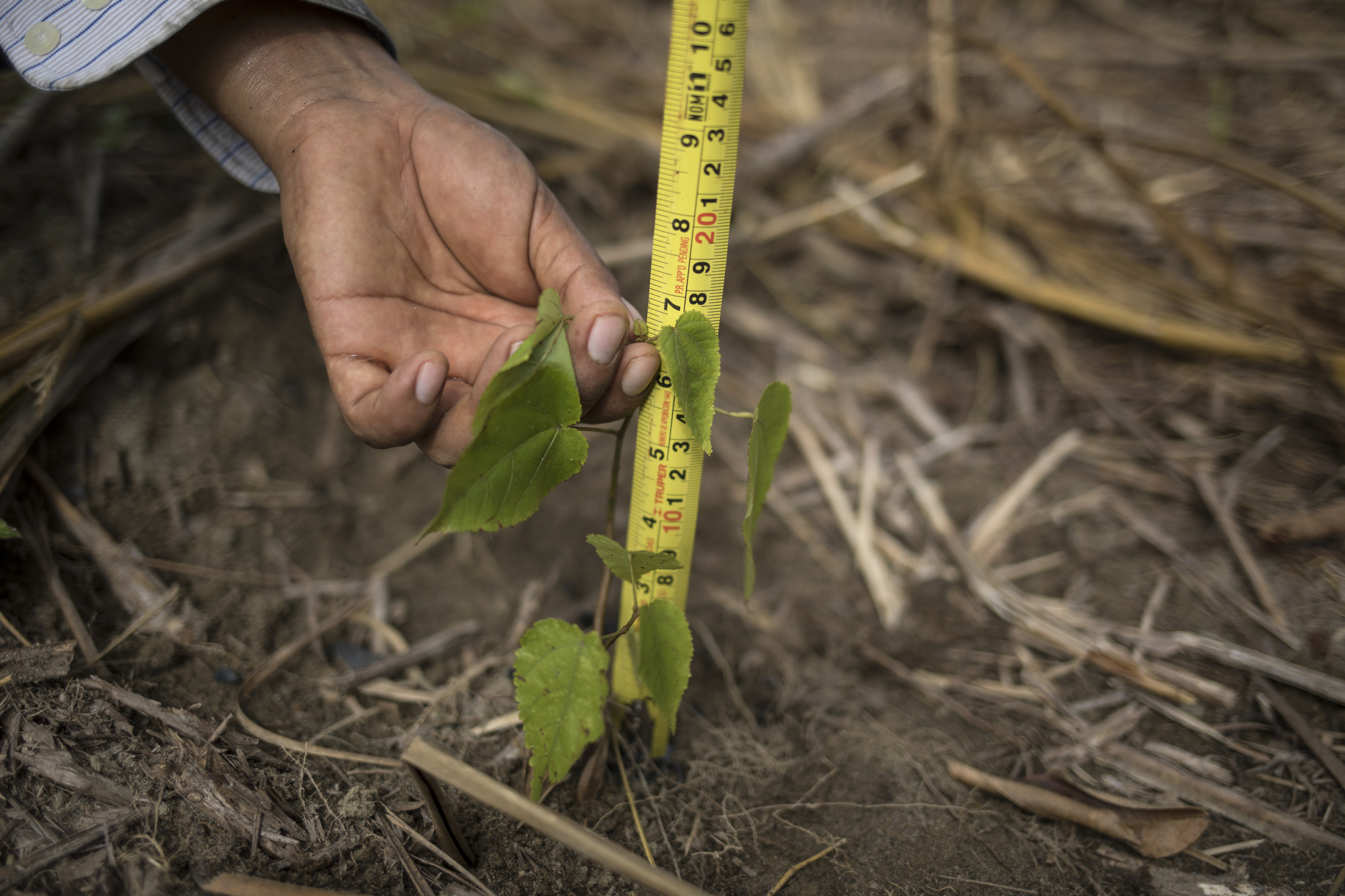
But all agree: Trees matter.
Read more: Watch magical Christmas light show at the Royal Botanic Gardens Kew
On a spring morning, forestry researcher Jhon Farfan steered a motorcycle through the dense Peruvian jungle, his tires churning up red mud. He was following a narrow path cut by illegal gold miners in the heart of the Amazon, but he was not seeking treasure. Instead, he was on a quest to reforest abandoned gold mines within the world's largest tropical forest.
After three hours of difficult travel, he reached a broad clearing where knee-high saplings stood in rows, their yellow-green leaves straining for the sun. Farfan whipped out a clipboard with a diagram of the saplings planted months earlier, much like a teacher checking attendance.
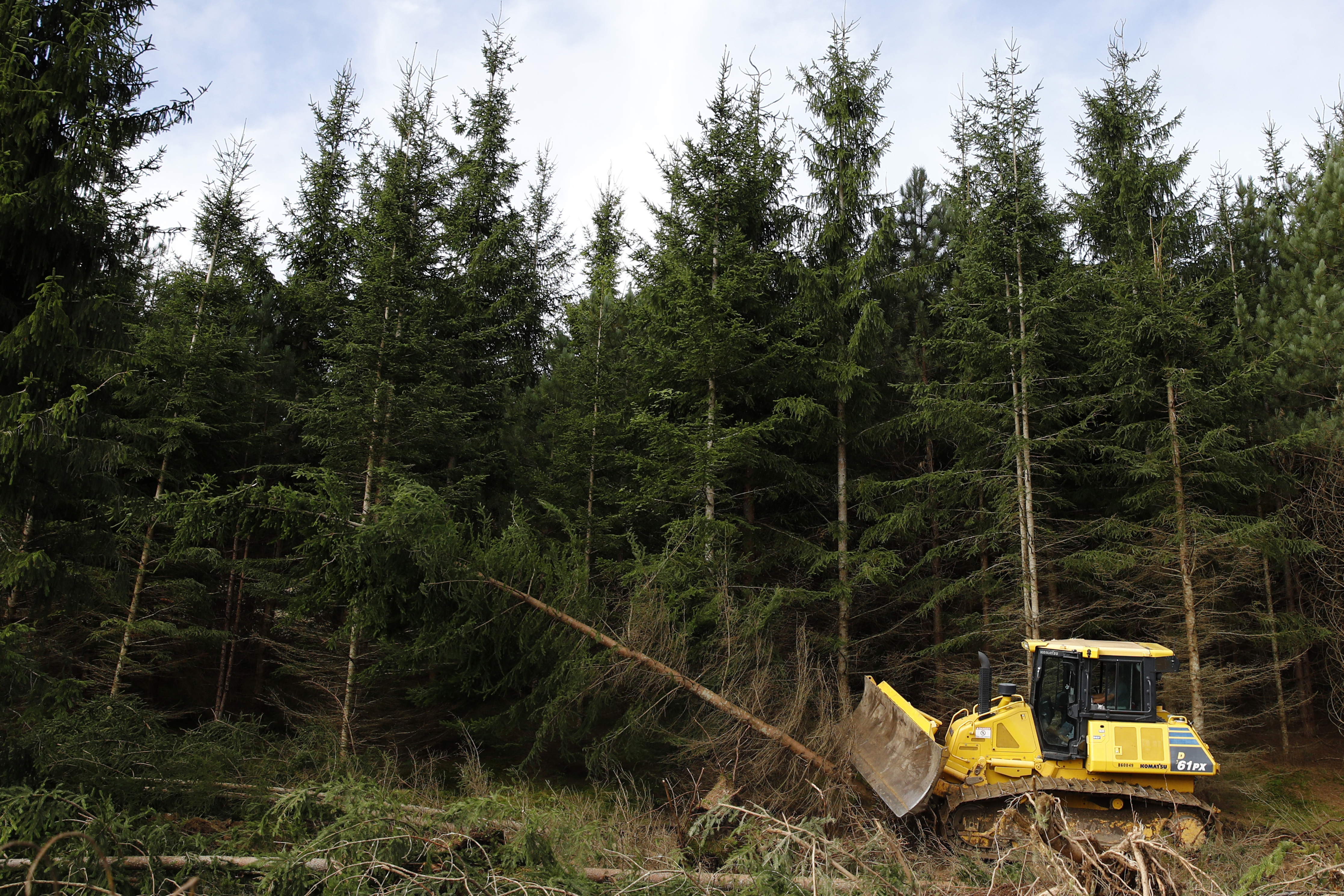
"The goal is to look for the survivors," he said.
Within the thick jungle, only a sliver of light escapes to the forest floor. Often more can be heard than seen: a chorus of howler monkeys, the chatter of red-crowned parakeets reminders that the Amazon is home to more species diversity than anywhere on the planet.
But the rainforest is under increasing threat from illicit logging, mining and ranching. In a region of southeastern Peru called Madre de Dios, Farfan's job involves inspecting lands where the forest has already been lost to illegal mining spurred by the spike in gold prices following the 2008 global financial crash.
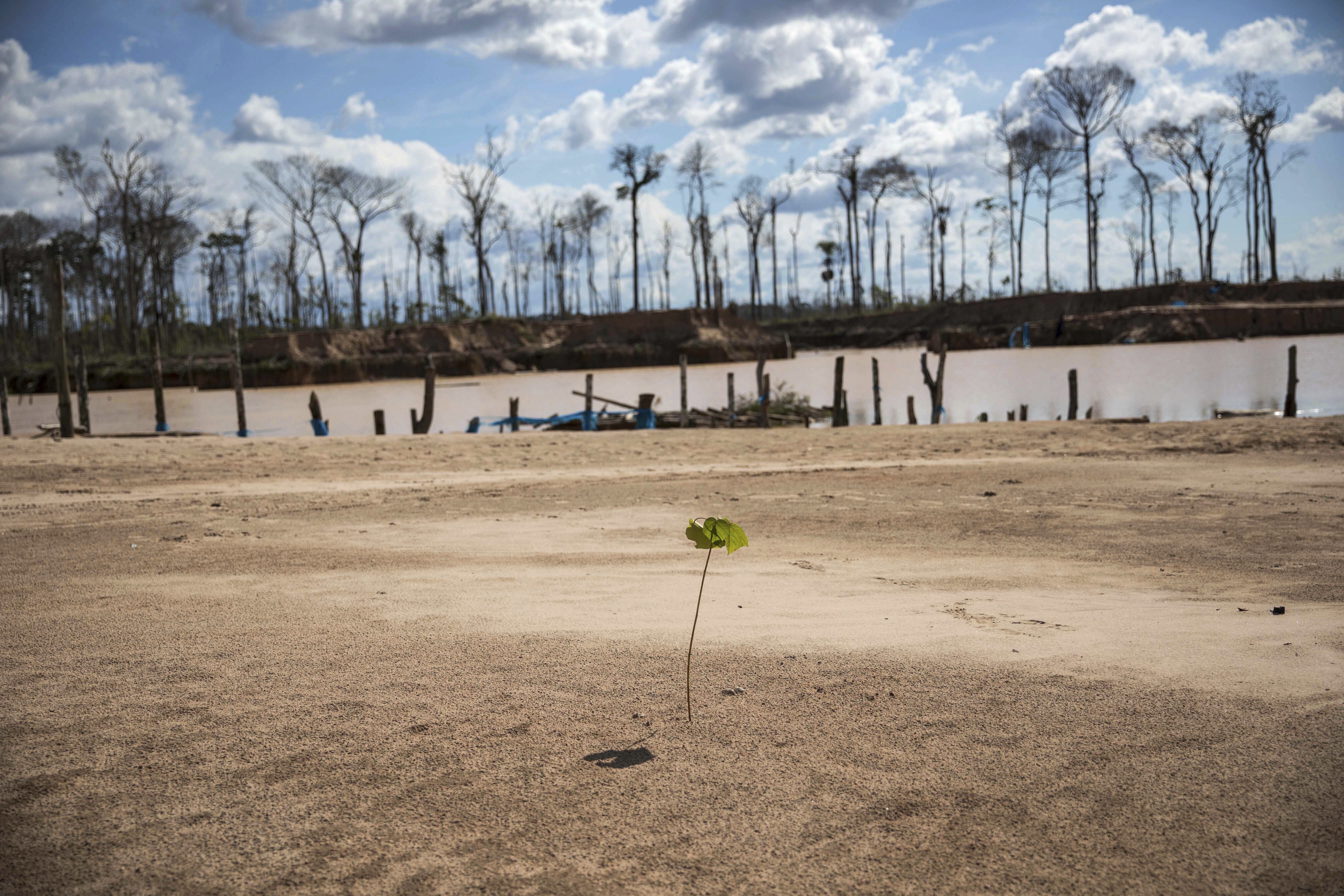
To recover the gold, the floor of the jungle was turned upside down. There are no gold seams in the lowland areas of the Amazon, but only flakes of gold washed down from the Andes mountains by ancient rivers, buried beneath the soil.
After cutting and burning centuries-old trees, miners used diesel pumps to suck up deep layers of the earth, then pushed the soil through filters to separate out gold particles. To turn gold dust into nuggets, they stirred in mercury, which binds the gold together but also poisons the land.
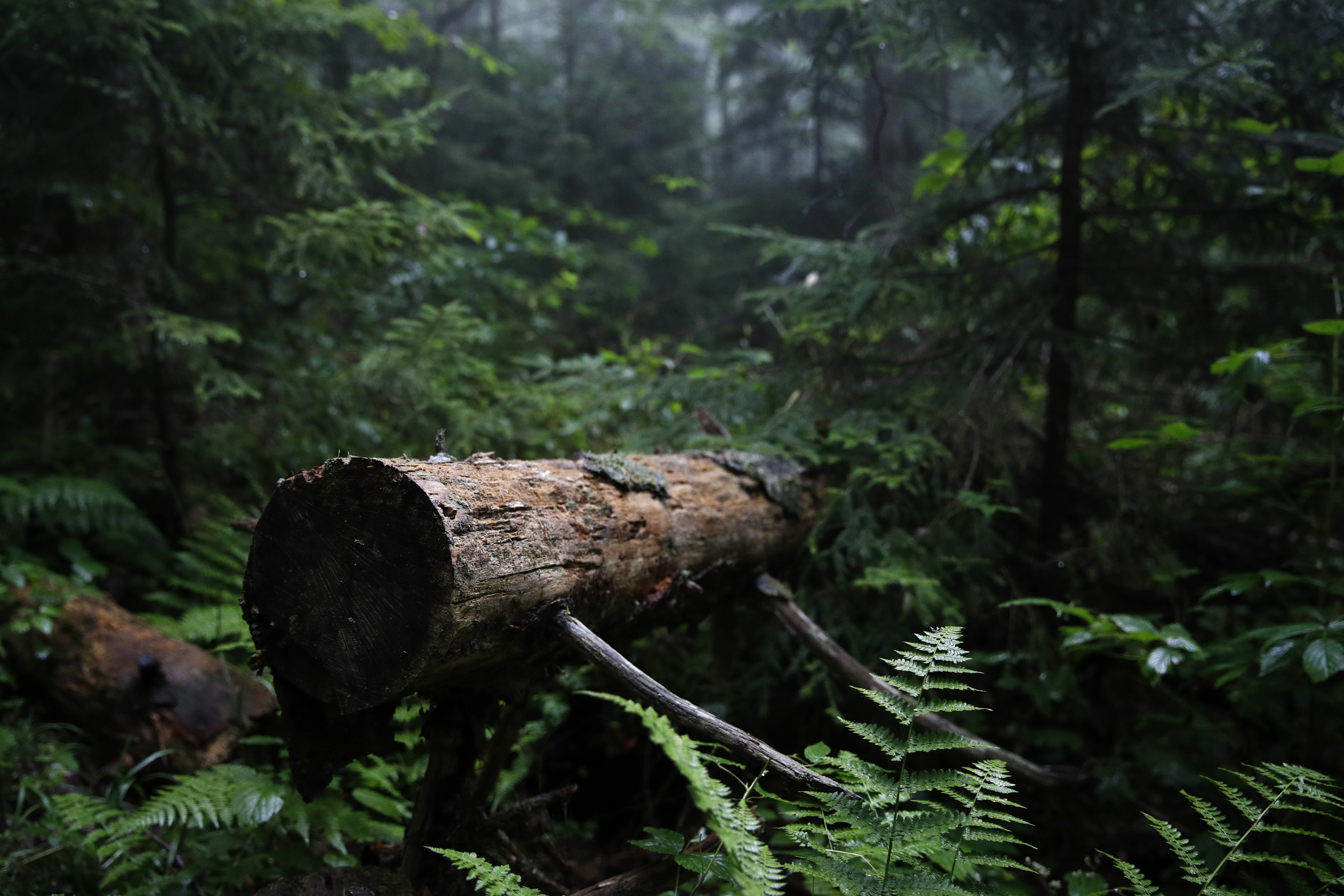
Left behind are patches of desert-like land dry, sandy, stripped of topsoil and ringed by trunks of dead trees.
Also read: Bethlehem sparkles as Christmas lights are switched on
Last December, Farfan and other scientists with the Peru-based nonprofit CINCIA planted more than 6,000 saplings of various species native to this part of the Amazon, including the giant shihuahuaco, and tested different fertilizers.
"Most tree deaths happen in the first year," Farfan added. "If the trees make it to year five, typically they're going to be there a long time."
A study of former gold mines in Peru by scientists at CINCIA and Wake Forest University several years ago found that seedlings transplanted with soil were more likely to survive than "bare-root seedlings," and the use of special fertilizers also helped growth. Some of the trees tested had absorbed trace amounts of mercury through contaminated soil, but it's not clear yet how this will affect them.
Since the project began three years ago, the team has planted more than 42 hectares (115 acres) with native seedlings, the largest reforestation effort in the Peruvian Amazon to date. The group is in discussion with Peru's government to expand their efforts.
"It's very hard to stop mining in Madre de Dios since it's a major activity," said Farfan. The challenge now: to plant a tree that can grow in this soil.
While scientists struggle with tainted landscapes in the Amazon, activists a continent away are reckoning with flawed past attempts to heal the land.
After miners left West Virginia's Cheat Mountain in the 1980s, there was an effort to green the coal mining sites to comply with federal law. The companies used heavy machinery to push upturned soil back into place, compacting the mountainside with bulldozers. The result was soil so packed in that rainwater couldn't seep down, and tree roots couldn't expand.
Companies planted "desperation species" grass with shallow roots or non-native trees that could endure, but wouldn't reach their full height or restore the forest as it had been. On Cheat Mountain and at other former mining sites across Appalachia, more than a million acres of former forests are in similar arrested development.
"It was like trees trying to grow in a parking lot not many could make it," said Michael French, director of operations for the Kentucky-based nonprofit Green Forests Work.
The Appalachian highlands once supported a large and unique ecosystem, dominated by 500,000 acres of red spruce forest a century and a half ago. But commercial logging in the late 1800s and later coal mining in the 20th century stripped the landscape, leaving less than a tenth of the red spruce forests intact.
Now French and colleagues at Green Forests Work are collaborating with the US Forest Service to restore native Appalachian forests and the rare species they support by first tearing down other trees.
"We literally go in with a giant plow-like machine and rip the guts out of the soil," by dragging a 4-foot ripping shank behind a bulldozer, said Barton, the University of Kentucky professor and founder of Green Forests Work. "Sometimes we call it ugly."
This "deep ripping," as it's known, gives rainwater and tree roots a better chance to push down into the soil. A 2008 study found that disrupting the soil on US brownfield sites through this method helped tree growth. After five growing seasons, trees planted on "ripped" sites had more roots compared to those where deep ripping didn't occur. Trees also grew taller.
Also read: Thousands in UK sleep out to support homelessness
The idea of ripping up the ground seemed startling at first.
"When we first started, a lot of our colleagues thought we were crazy. But 10 years later, we're well on our way," said Shane Jones, a wildlife biologist for the US Forest Service.
Earlier efforts at reforesting old mining sites within West Virginia's Monongahela National Forest hadn't fared so well; sometimes, the majority of seedlings died. But in areas where the team has deep-ripped over the last decade, the survival rate of saplings has been around 90%.
Green Forests Work has now reforested around 800 acres within the Monongahela, and it is taking a similar approach to other former mining sites across Appalachia, having reforested around 4,500 total acres since 2009. Their ultimate goal is to restart the natural cycle of the forest so that scientists' work becomes invisible again.
Other reforestation crusades are more personal.
Maria Coelho da Fonseca Machado Moraes, nicknamed Dona Graça, runs a tree nursery that grows seedlings of species native to Brazil's lesser-known jungle the Atlantic coastal rainforest.
She collaborates with a nonprofit group called Save the Golden Lion Tamarin, which works to protect and restore the forest habitat of the endangered namesake monkey. "The Atlantic rainforest is one of the planet's most threatened biomes, more than 90% of it was deforested," said Luis Paulo Ferraz, the nonprofit's executive secretary. "What is left is very fragmented."
As she nears 50, Dona Graça says she is furious at what has happened to the forest, which was whittled down to allow for the urban expansion of Rio de Janeiro and other cities.
She deplores "the stupidity and ignorance" of people who have "destroyed most of the trees and continue destroying them. So I'm trying. I can't do too much, but the little I can do, I try to do it properly to rescue those trees."
And so, between feeding her chickens and raking the leaves, she grows seedlings of rare species pau Pereira, peroba, "trees that people have damaged already, they don't exist anymore." She mixes limestone and clay, places it in plastic nursery bags and plants seeds in them; she irrigates them with water and cow urine.
Local replanting efforts that aim to reconnect fragmented parcels of the forest often use the seedlings from Dona Graça's nursery, which gives her both income and great satisfaction.
She does this, she said, for posterity. "In the future when I pass away ... that memory I tried to leave for the people is: It's worth it to plant, to build," she said.
